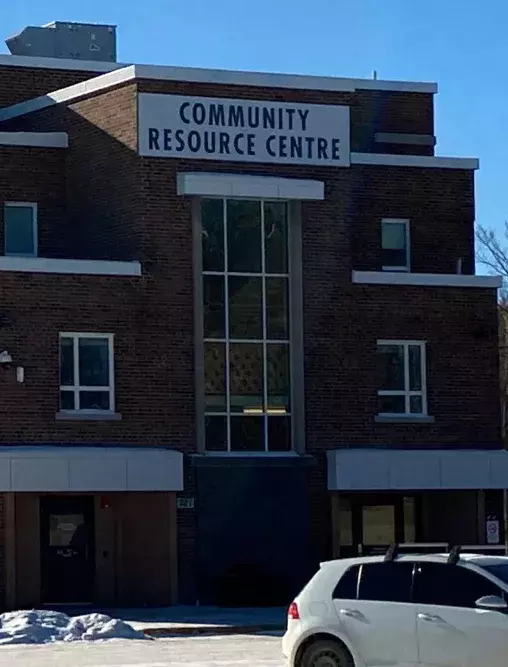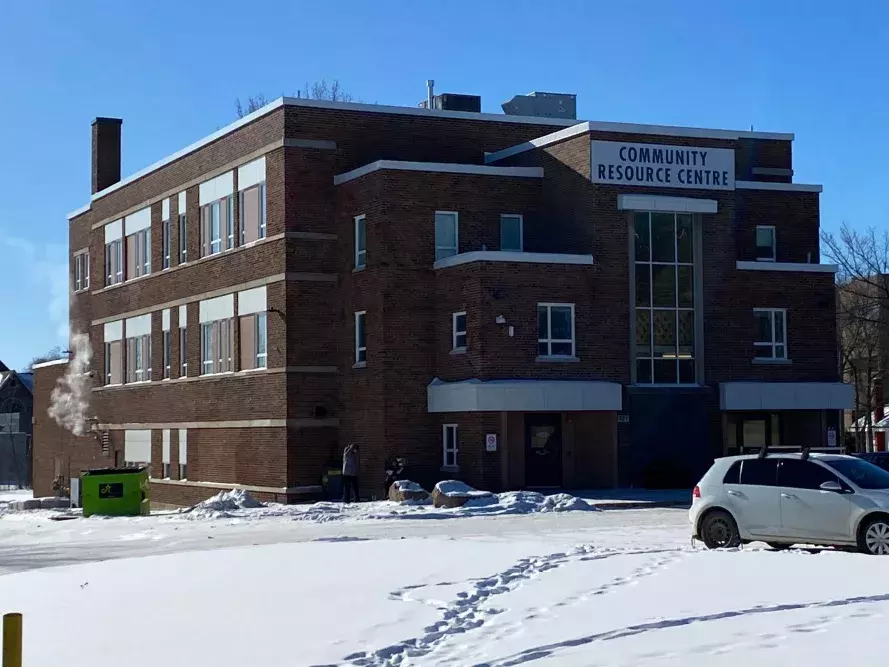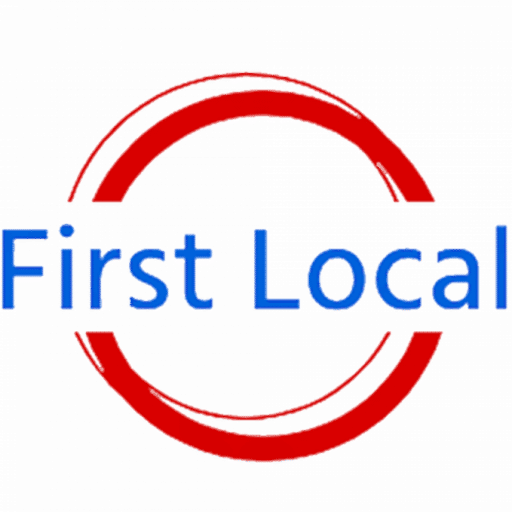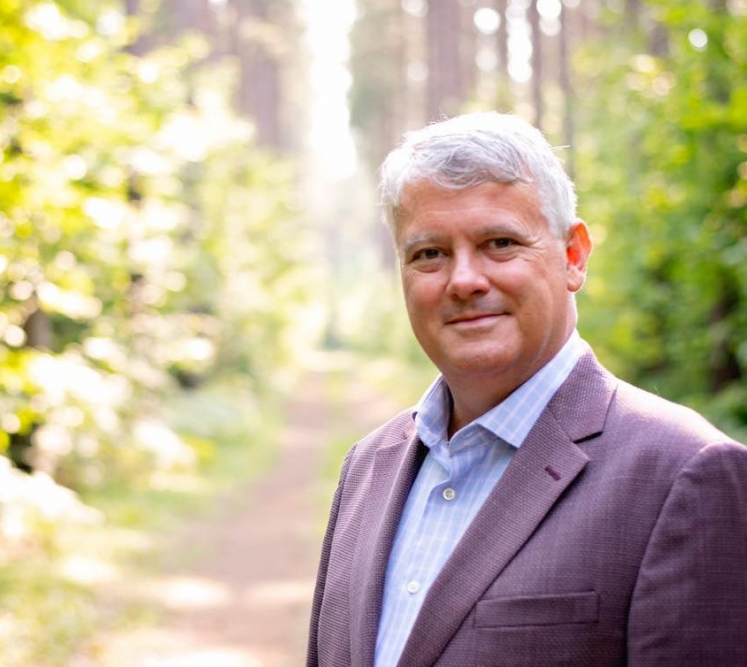In a 35-year career in social work, Michael Davies is more than a little familiar with the plight of youth, drugs and homelessness. He’ll be the first to admit the quest to help addicts get clean, to truly beat back their addiction, is daunting. Relatively new drug ‘cocktails’ in the streets have only made the task tougher. More on that, later.
But Davies, who supervises 721 Wellington’s low-barrier shelter and bridge unit, doesn’t hesitate to point out that, as bad people may think the drug problem is in Sault Ste. Marie, it could be so much worse.
A strong chain of agencies across the spectrum of social services give addicts and those trying to help them beat their addiction and get back on track valuable tools that just weren’t available in the distant – or even recent – past.
“When I started in this field, it wasn’t like this,” says Davies, in his office at the low barrier shelter. “The carryover after, I mean there was no support after someone beat their addiction. Now they get housed. Having the range of services we do now…well, we have them and they seem to be working. So, we have the right formula to deal with what’s happening. What I don’t think anyone can understand or forecast, is which way it will go. Will the drugs get worse? Will the drug use lighten up?”
Highly addictive drugs, like heroin and fentanyl present a major problem entirely on their own.
“Everyone has had a beer or a drink before. Imagine having one beer, and being instantly addicted. That’s the way the drugs are now,” Davies says.
Drug distributors, always looking to lock-in their customer base to addiction, are now cutting those two drugs with Xylazine, a horse tranquilizer.
Xylazine, known as ‘Tranq’ on the street, is a non-prescribed drug in the United States. It puts users under, leaving them vulnerable to theft or other dangers. It also causes sores on the skin and skin infections, and poses other serious health risks, including amputation. Effects of long-term use are unknown.
Before Xylazine appeared on the scene, opioid overdoses could be readily treated with Naloxone, an antagonist to opioids.

Davies explains how opioids enter the bloodstream and basically camp out in a user’s brain.
“I could give you six doses (of Naloxone) right now and absolutely nothing would happen. I could take it up both nostrils now and be fine. Opioids get in the bloodstream and they end up in the brain. Opioids will settle in the crevices of the brain and that’s when you start getting respiratory shutdown. Naloxone is a little bit denser, and so all it does is it goes in and kicks the opioids off your brain.”
Naloxone administered to a person overdosing, acts quickly and will snap the person back to consciousness.
“They bounce up, and at first, they’re often a bit confused. Virtually, they had died,” says Davies.
But Xylazine is not an opioid and Naloxone has no effect.
“Now, far more CPR is needed, says Davies. “They’re not bouncing up like that anymore. We’re lucky to get a low heart rate, a shallow pulse and shallow breathing. But ambulance response is so fantastic in Sault Ste. Marie that they’re almost on the scene like that (snaps fingers) and they have the more heavy duty stuff that will get the patient through.”
It’s common knowledge ingesting opioids purchased on the street – with their powerfully addictive qualities – pose a serious health risk. Why would someone take that risk?
It’s not for a lack of awareness of the dangers, says Davies.
“They’re all dealing with trauma,” says Davies. “You can really understand it when they do start getting clean because we talk to them. All of sudden it doesn’t seem that far out of the realm of reality that someone in that much pain is going to do what they need to do to stop the pain.
Then the drugs start getting worse and worse and worse. Now, the drugs are the pain, so then you can’t address the trauma that started the addiction. You have to treat the addiction and it’s good to treat that addiction. The CMHA has an excellent portfolio in terms of helping these guys reach that part of their goal. We have such great staff all across the board.”
While Davies notes there are exceptions, homelessness and drugs are almost inseparable issues. Homeless men, faced with nowhere to go, or nowhere affordable to go, can turn to 721.
721 houses a 44-bed facility located in the former Sacred Heart School on Wellington East. Twenty-two of the beds are transitional and make up the third-floor bridge unit. On the second floor, there’s another 22 beds for the low-barrier shelter.
The homeless in the bridge unit on the third floor have their own room and there’s a common area. They’re provided meals, laundry and wifi. and we have wrap-around services coming in all the time. Residents of the bridge unit can stay for up to two years.
Davies says inter-agency communication and support is “outstanding” and help make the 721 enterprise possible.
“Virtually every agency in town is participating,” Davies explains. “We have an array of services to work with these guys so that there’s really not a lot of wiggle room where someone could ever say ‘I didn’t have the opportunities.’ And they want the opportunities.”
Low-barrier shelter residents can be active drug users. They can’t, however, use drugs in the building itself.
“If they come in, we welcome them in, because we know we can keep our eyes on them and keep them safe,” says Davies.
“In the ‘90s, ‘2000s and 2010s, if you showed up at a shelter in Toronto and you were intoxicated, they’d tell you to leave.
“No one is going to be in the cold here. We were really lucky this year with the weather. Sometimes, in the really hot months, some of our gentlemen prefer to stay outside. I don’t like that, its not safe, but they do and they like it. I get it. We’ve never been below capacity since we opened, Christmas Eve, 2002.”
To qualify for a bridge unit, 721 is locally mandated to foster enough care to prepare residents to eventually be ready to move out and live on their own.
While the former Verdi Shelter represented an important step forward in addressing the homeless issue in the Sault, key elements were missing.
“We have a housing outreach team in Sault Ste. Marie, between three different agencies who are absolutely fantastic,” says Davies. “(Back then) we were housing people, but they were returning, because the skills weren’t there. What we’re trying to do along with the DSSMSSAB (District of Sault Ste. Marie Social Services Administration Board), is give them the skills that they need so that they can be successful independently.”
Programming at 721 can range from how to do laundry, how to prepare their own food, and to live communally with others. There are game nights and movie nights for residents of the bridge units.
721 is also home to a warming shelter, where the homeless can go to escape bitter winter temps and enjoy some snacks and a cup of coffee or juice.

“Harvest Algoma, The Soup Kitchen, the Salvation Army, all of those places are making stuff like this possible, too,” explains Davies. “Sault Ste. Marie should really be proud. We’ve been lucky to have some really strong leadership in Sault Ste. Marie. I would hope that every municipality has what we have. The forward and innovative thinking from the people we’re working for has definitely been a driving force in making things like this happen.”
Street people find out about available services locally through other street people, says Davies. Information, ‘knowing stuff” is the currency of the homeless.
“If something happens in Jamestown, I just ask these guys,” Davies says. “They know before anyone else does. Their line of communication is huge. There’s a reason for that.
We use our wallets our debit cards, we use credit cards or we use cash. That’s our currency. Their currency is in who they know. That’s their monetary system, and they’re really good at it. These guys are the most adaptable human beings on the planet. They’re resourceful. They’re just ordinary people, who have fallen on really hard times and unfortunately in a lot of cases, have developed an addiction, which with some of the drugs, only takes that one time.”
Outreach teams, says Davies, will travel to where the homeless are gathering. They’ll provide for some basic needs, like blankets, or long johns and look to build an understanding that can help get people off the street and to the services they really need.
“We do receive people who are just going through a downturn in their life. It’s a bad place in their life.
You can have a guy who is retired from Algoma Steel, with a good pension. But he has a mortgage, and a domestic happens with his spouse.The police remove him. The bulk of the pension is tied up in bills. What do you do with what’s left?”
Quite a few homeless people have a measure of family support, Davies says, but with the nature of the addictions, it’s often more than a family can properly address.
“The addiction alters the personality so vastly,” he says. “There’s been addictions for as long as time has been recorded, but these drugs now, they grab these guys and hold on tight. It’s unmanageable, for most of them. A family can only do so much.
Then you see the patterns with the stealing. I have friends who aren’t in the field and they say, ‘Don’t you get mad at those guys?’ I say, ‘Angry? Why would someone else’s misery make me angry?’ Because these guys are in absolute misery and I’ll tell ya, they are very receptive to the staff and thankful for everything they get.

All you have to do is take a look at the wall where people have died of opioid use. They all know them. They know it’s a thin line and it scares the hell out of them, but the addiction is so huge.”
With the shelter closed in the daytime, two staff are on duty for the bridge unit. At 4:30, the staff doubles to four, with two surviving the bridge unit and two for the shelter along with security.
“We run the warming station during those hours and we don’t turn people away,” says Davies.
The road to sobriety, to being drug free, is typically long and arduous. There are setbacks and successes.
“I’ve known some of these guys for 15-20 years,” Davies says. “And (back in the day) they weren’t in this situation. People often don’t buy it when I say it’s the drugs. Their response is ‘Well, they took the drugs.’ I can see how they would feel that way, but none of these guys woke up one day when they were 18 and said ‘I think it’s going to be fun if I stick a needle in my arm.’”
“We’ve celebrated with residents for their first year sober,” says Davies, “which is incredible, especially with the kind of drugs we have going around these days. It was absolutely fantastic. We’ve sent guys with four-years addiction to the new Northway treatment unit, the detox, the SAH and they’ve come back, and they’re getting there, which is amazing. My staff and our partners from the other agencies absolutely love these guys, and the successes are breathtaking.”
For Davies, the Sault’s homeless and drug issues are not unique. He says he sees the same issues everywhere he goes.
“It’s not just our town,” he says. “It’s the world we’re living in. I have no sense when I go to some place like Timmins that their situation is any different than ours. I have no sense when I go to Toronto that their situation is any different than ours.
Believe me, I just went all the way to Calgary and back and no matter where I go, I see the same symptoms, the same things happening but not the same crisis reaction we had when the pandemic was on.”
Davies started with student placement at the Sacred Heart location 35 years ago. He’s met and got to know drug users and seen enough of the effects drugs like Fentanyl have on them to know their quest to be drug free is monumental.
“You smash your foot, you take Advil,” he says. “You have knee surgery, you get the painkiller that’s prescribed. What about the pain that there is no prescription for?
The guys that we service, when you sit and talk with them individually, they’re no different than the friends I play music with on weekends. They’re no different than someone you might go have a coffee with. They’re wonderful. Some are third generation (users) and they’re the ones trying the hardest. They want to break the cycle.”








Great article! It’s hard to do, but we should all try to look past the addiction at the person who is in there just trying to survive.